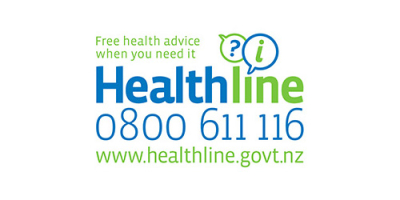Stemi care: Improving heart attack care and influencing national policy
In 2015 St John and Nelson Marlborough Health (NMH), jointly developed a STEMI treatment pathway used primarily by ambulance, medical and nursing staff in the out-of-hospital setting.
This involves ambulance staff using an electrocardiogram (ECG) to confirm a STEMI. This is sent to the closest hospital with a heart centre (either Nelson or Wellington) where an on-call cardiologist reviews the ECG reading and prepares the operating theatre (cath lab) and heart team.
If the cath lab is unavailable or the patient cannot be transported within 60 minutes, paramedics will administer thrombolysis (clot busting drugs) in the field to ‘dissolve’ blood clots within a patient’s heart.
Patients are then transported to a heart centre for expert assessment and stent surgery if required.
Before the STEMI pathway was developed angioplasty was not available for around two million New Zealanders due to the time it took to transport them to the closest hospital with a heart centre.
The STEMI pathway proved so successful in the Nelson Marlborough region it has been introduced nationwide.
NMH consultant interventional cardiologist, Dr Nick Fisher says the roll out of the pathway is particularly good news for patients in rural areas, as it will ensure they get the care they need in optimal time.
When you suffer a heart attack an artery blocks within your heart. If this artery isn’t opened within two hours, heart muscle will die.
The most lethal type of heart attack is STEMI or ST segment elevation myocardial infarction. STEMI is identified by electrocardiogram (ECG) and ideally the blocked coronary artery is unblocked by angioplasty or ‘percutaneous coronary intervention’ (PCI), which means having a stent inserted.
This procedure is 99 per cent successful if patients having a STEMI are treated within two hours.
Page last updated: 06/03/2018





